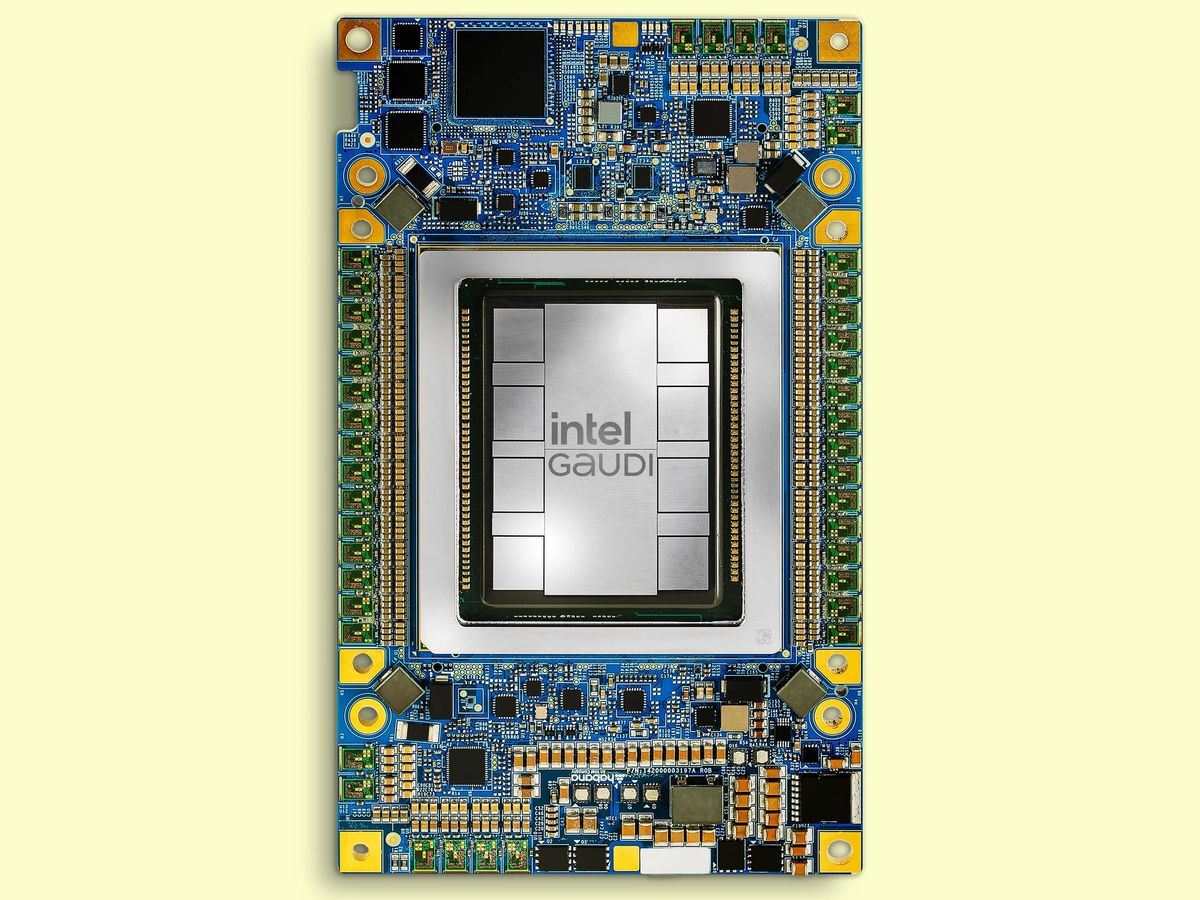A hallmark of bustling city life is trying to get from from one location to another as quickly as possible. But just one isolated event in the urban jungle can create a cascade of redirected traffic and unpredictable congestion—often meaning that taxis are hardest to come by when you want one the most. A new model that estimates traffic flow during unexpected events—in the aftermath of a car accident or natural disaster, for example—provides a new glimmer of hope for commuters and transportation companies alike.
Luis Moreira-Matias is a researcher who has spent about 10 years of his life dedicated to developing AI systems to help predict traffic patterns. While working at NEC Laboratories Europe, his team developed and tested a new multivariate model called BRIGHT that aims to capture the complex chain reactions that alter traffic flow under different scenarios. Their focus was on a phenomenon broadly called conceptual drift; it’s notoriously difficult to model. Their work is highlighted in a study published on 5 December in IEEE Transactions on Knowledge and Data Engineering.
BRIGHT was developed and tested using a staggering amount of real-time GPS data from three major cities: Porto, Portugal; Stockholm, Sweden; and Shanghai, China. In total, the data represent a whopping 18.5 million trips recorded over the course of three years.
The data reveal patterns of traffic at different times of day, but also fundamental differences in traffic behavior observable in each of the three cities. Importantly, BRIGHT was particularly effective at predicting the conceptual drift of traffic compared with existing models.
The tool doesn’t rely on just a single predictive model, but three. It’s trained to recognize patterns that reflect certain scenarios and choose the most appropriate model to estimate traffic flow based on the observed pattern.
As an analogy, Moreira-Matias compares it to a president who is seeking advice from his or her cabinet members, each with their own area of expertise. Before making a decision, the president needs to consider whose advice to take into account—and whose to ignore as well.
“Instead of trying to create one single model that is able to decide accurately in every situation, BRIGHT learns multiple and diverse ones, each one with a distinct expertise,” Moreira-Matias explains. What’s more, he says, “BRIGHT is able to learn, [at] a meta-level, which are the models that are more reliable and adequate to make a decision in the present context.”
An analysis by the team using Porto as a case study suggests that taxi companies could boost their operational revenue by 4 percent by disseminating the BRIGHT traffic forecasts to 50 percent of its drivers. Along with boosting the ability of passengers and drivers to connect, a tool such as BRIGHT could help make taxi services more environmentally efficient by reducing unnecessary emissions.
Michelle Hampson is a freelance writer based in Halifax. She frequently contributes to Spectrum's Journal Watch coverage, which highlights newsworthy studies published in IEEE journals.



